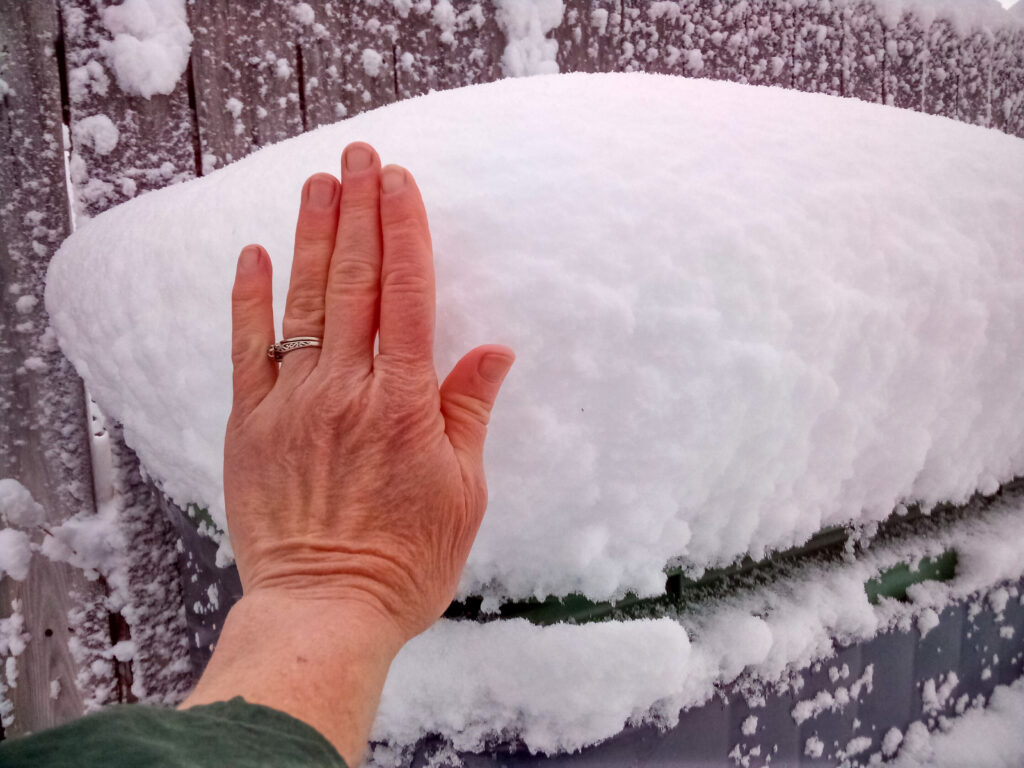Cindy Blobaum | Environmental Education Program Manager
I have Thursday, March 21 circled on my calendar. That evening, I have a ticket to attend Robin Wall Kimmerer’s talk at the University of Wisconsin La Crosse’s Prairie Springs program. Kimmerer is perhaps best known for one of her books, Braiding Sweetgrass: Indigenous Wisdom, Scientific Knowledge and the Teaching of Plants. Similar to my daily read, Hal Borland’s Sundial of the Seasons, the entries in both encourage reading about the natural world – and our deep connections to its wealth and changes through the year.
This ongoing awareness can be summed up as Maka Ochante. To paraphrase, this Lakota Sioux phrase means having a sense of place – knowing the history of your area, human and the plants, animals and geology; to engage with the environment around you with respect and reverence for what it offers.

While I cannot claim indigenous heritage, that does not make me less able to connect with where I am in space, time, season, and ability to educate through reading the landscape, weather, animals, and people around me. Some of this is fairly passive – co-workers are well aware of my preference for choosing a window-facing seat during a meeting so I might make a quick exit to tag a migrating monarch butterfly or exhort everyone to look outside at a remarkable bird, weather conditions, or kids having fun.

I more actively pursue this sense of place with daily walks, tracking seasonal events with phone photos, looking to program participants for clues about their interests so I can tailor the activities for the most impact, and engaging in intentional “grounding” (just ask my team about me lying down in a winter prairie).

Reading is more than looking at words, it is looking at the world. I recommend you expand your personal experience library on a daily basis.

